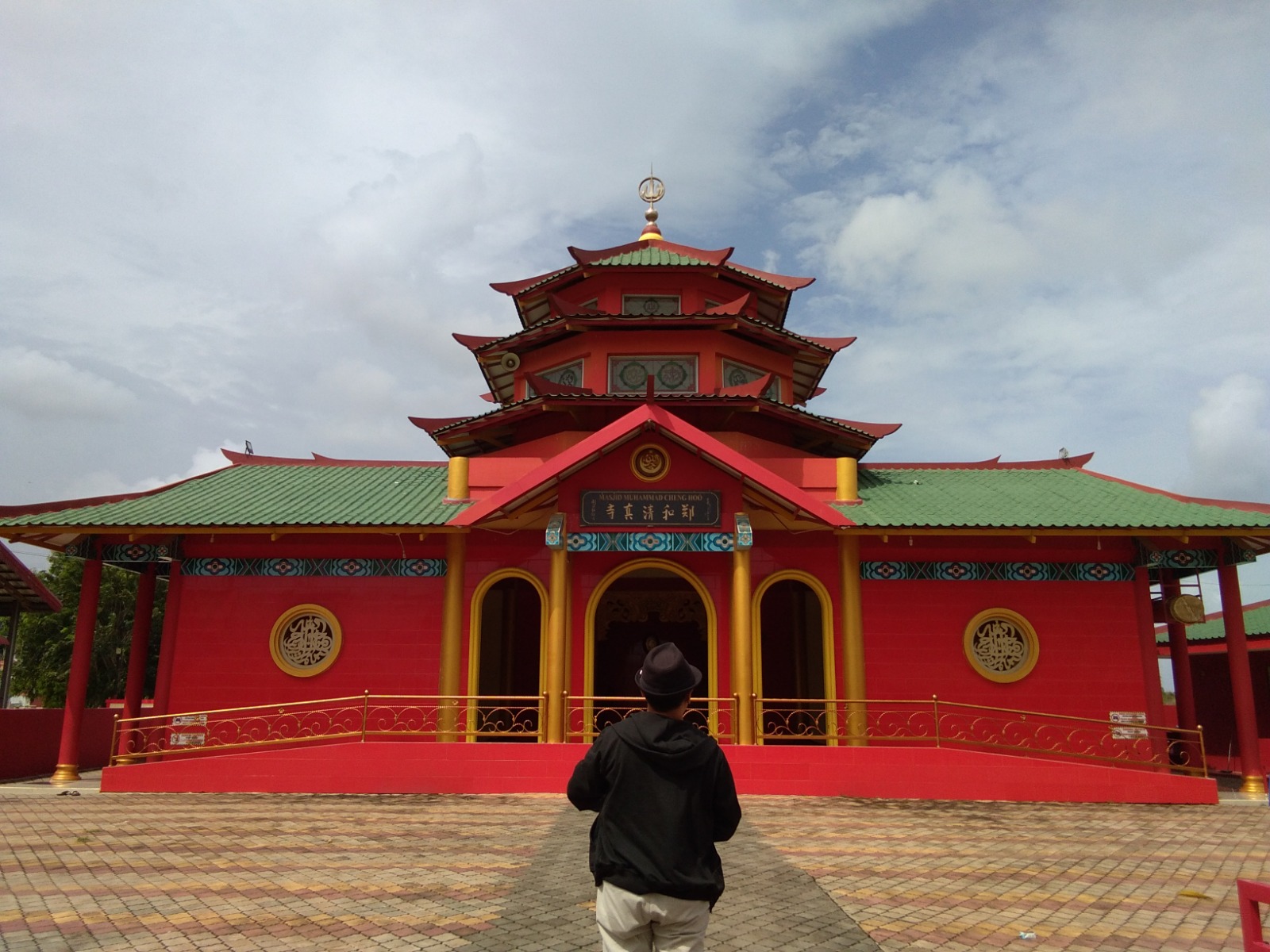Jakarta, Indonesia Sentinel — Four traditional dishes from East Java have been officially designated as Indonesia Intangible Cultural Heritage in 2024, bringing the total number of recognized culinary treasures from the province to 14. This recognition highlights Indonesia diverse cultural wealth, which spans not only language, music, and art but also its rich culinary traditions.
East Java, known for its stunning natural landscapes, is equally celebrated for its flavorful and distinctive cuisine. Here’s a closer look at the four newly recognized culinary gems from the region:
Krecek Bung
Originating from Lumajang Regency, Krecek Bung is a traditional dish made from bamboo shoots, or rebung, prepared using time-honored methods. The name “Krecek” refers to the crispy texture of the dish, while “Bung” is the local term for bamboo shoots.
This dish offers a unique flavor profile—a combination of savory, spicy, and slightly sweet notes, accompanied by a subtle smoky aroma. Its crunchy texture and fibrous bamboo strands create an unforgettable culinary experience.
Crafting Krecek Bung is a labor-intensive process requiring patience and skill. Not all bamboo varieties are suitable; locals typically use species like jajang, petung, ori, and jabal for their superior quality. Careful selection is crucial since some bamboo species can be bitter or even toxic.
Beyond its taste, Krecek Bung represents the local wisdom, creativity, and cooperative spirit of the Lumajang community.
Pudak Cake
Pudak is a signature snack from Gresik Regency, made from rice flour, sugar, and coconut milk, wrapped in the leaf sheath of the areca palm. The treat comes in various flavors, including white pudak (made with granulated sugar), red pudak (made with palm sugar), and sago pudak.
Historically, Pudak was created as a portable snack for Gresik traders traveling long distances. However, this cake had become everyday snack nowadays.
Besides its distinct flavor, the one that made this cake unique is its packaging—woven from areca palm sheaths— that set it apart from other traditional treats. Crafting the packaging is an intricate process. The base of the areca sheath must first be processed to separate the outer and inner layers, then cut and woven into wrappers for the cake.
Ampo Snack
Hailing from Tuban Regency, Ampo is perhaps one of the most unusual traditional foods in Indonesia. This snack is made entirely of clay, shaped into small, stick-like pieces with a deep brown to black hue.
The snack was made from special and selected clay. Despite its unconventional ingredient, Ampo has edible taste with nutty flavor reminiscent of peanuts.
Rendang: A Culinary Treasure from West Sumatra with Deep Cultural Roots
Locals believe Ampo has medicinal properties, particularly for easing stomach pain. It is consumed by soaking it in water, with the clay-infused liquid then drunk.
Beyond being a snack, it carries spiritual significance and is often used as an offering in traditional rituals like larungan (sea offerings) or sedekah bumi (earth thanksgiving ceremonies).
Krupuk Abang Ijo
Krupuk Abang Ijo, is a cracker specialty of Bojonegoro Regency, earned its heritage status in 2024. First created in 1929 by Tan Tjian Liem and Oei Hay Nio, these colorful crackers have become a beloved local snack.
Renowned for their savory flavor and crunchy texture, these crackers remain a popular gift and souvenir. Remarkably, the taste has remained unchanged for nearly a century, maintaining its timeless appeal.
A Culinary Celebration
East Java’s recognition of these traditional dishes as Indonesia Intangible Cultural Heritage is not just about preserving recipes but also celebrating the cultural narratives behind national culinary traditions. Each dish embodies the history, identity, and creativity of the local communities, ensuring their legacy for generations to come.
(Raidi/Agung)
























